Central banks around the world are beginning to approach cryptocurrencies, specifically CBDCs to some extent.

Cryptocurrencies have been around since the 1980s but didn’t really become popular until Bitcoin was born in 2009. To date, there are thousands of active cryptocurrencies, which are also known as “cryptocurrency”.
A recognizable feature of cryptocurrency is that it operates on a blockchain ledger. Blockchain can be centralized or decentralized, but most current cryptocurrencies are decentralized. This makes money transfers and payments very difficult to track as there is no centralized party in full control.
Central bank-issued cryptocurrency (CBDC) meanwhile is under the control of the central bank. They have the same value as cash but exist only in digital form.
105 countries and territories are currently exploring opportunities related to centralized cryptocurrency. This group of countries and territories accounts for 95% of total global GDP, according to research by Visual Capitalist.

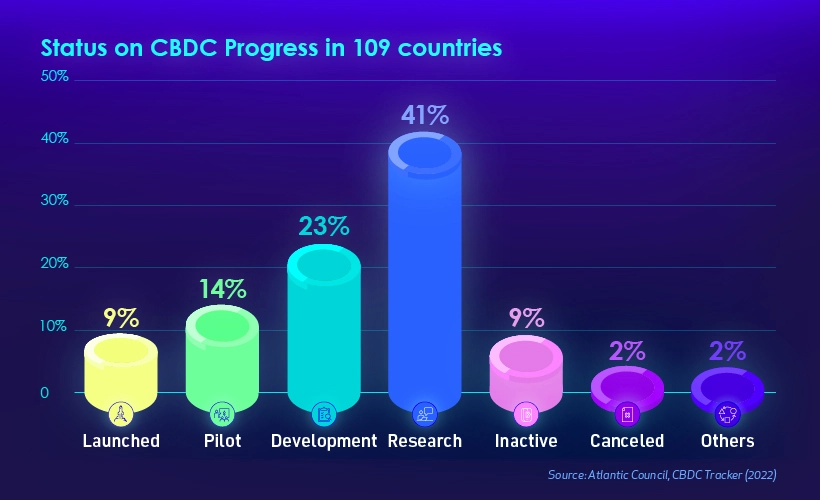
We’ve also divided the map by area to make viewing easier. Here is an infographic of the regions broken down by study:
Africa
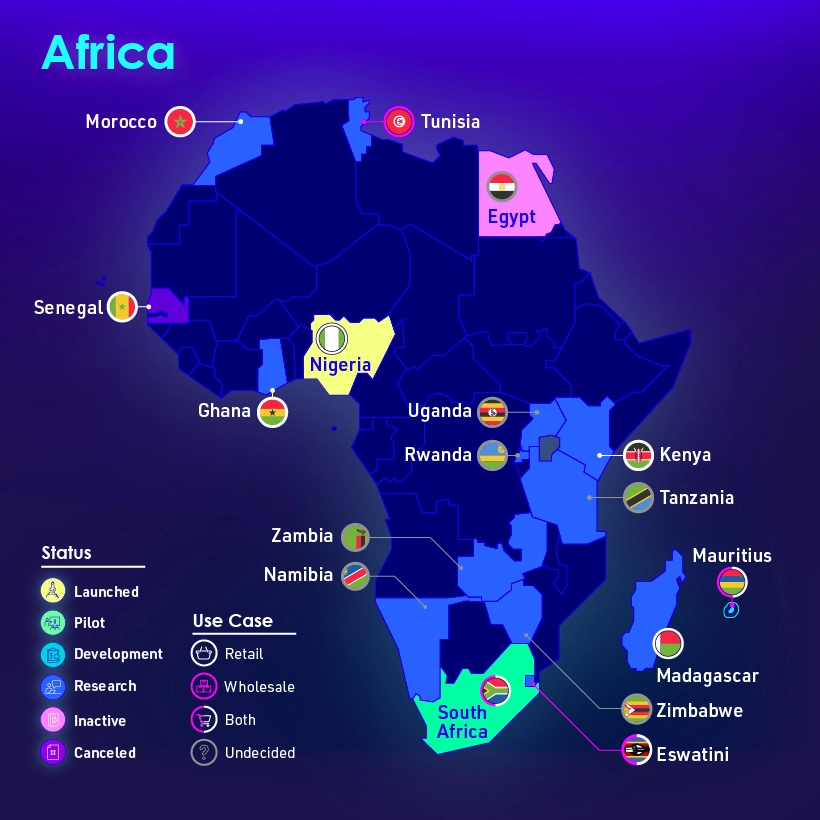
Asia
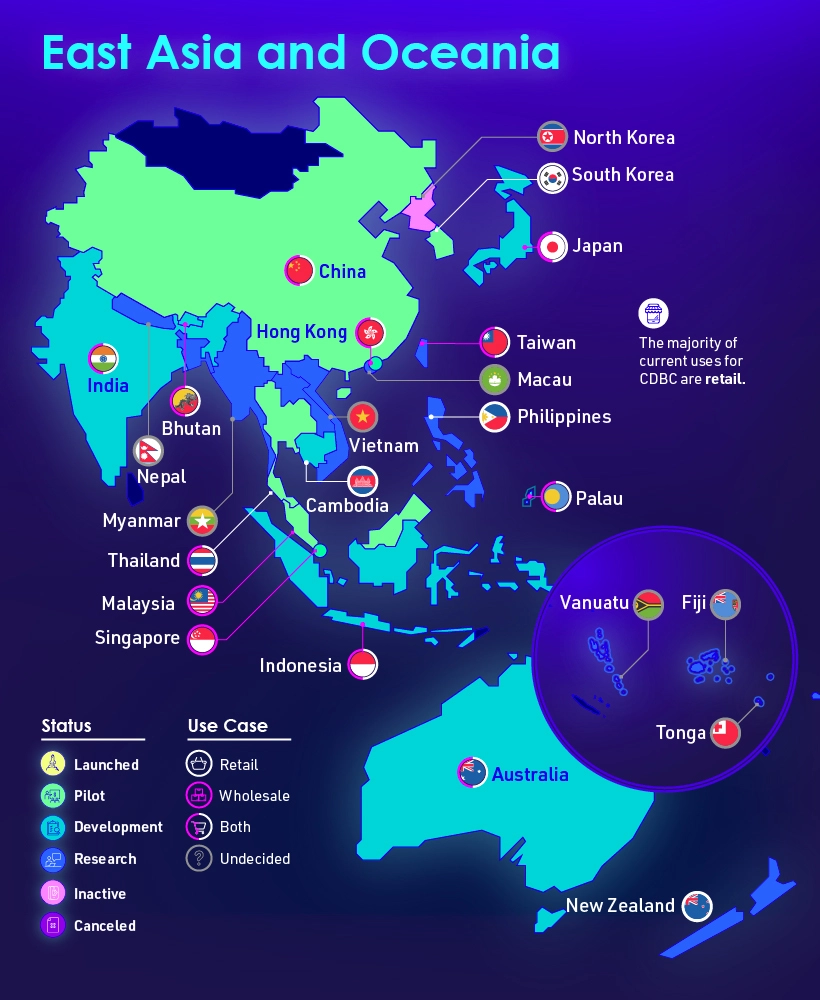
Europe

Middle East

South America
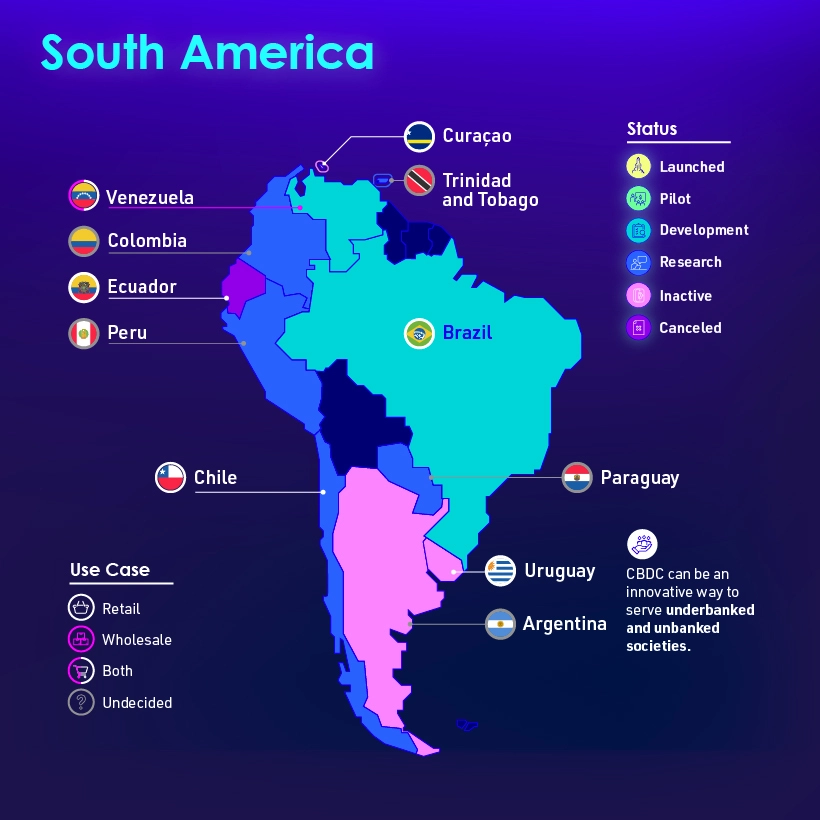
North America
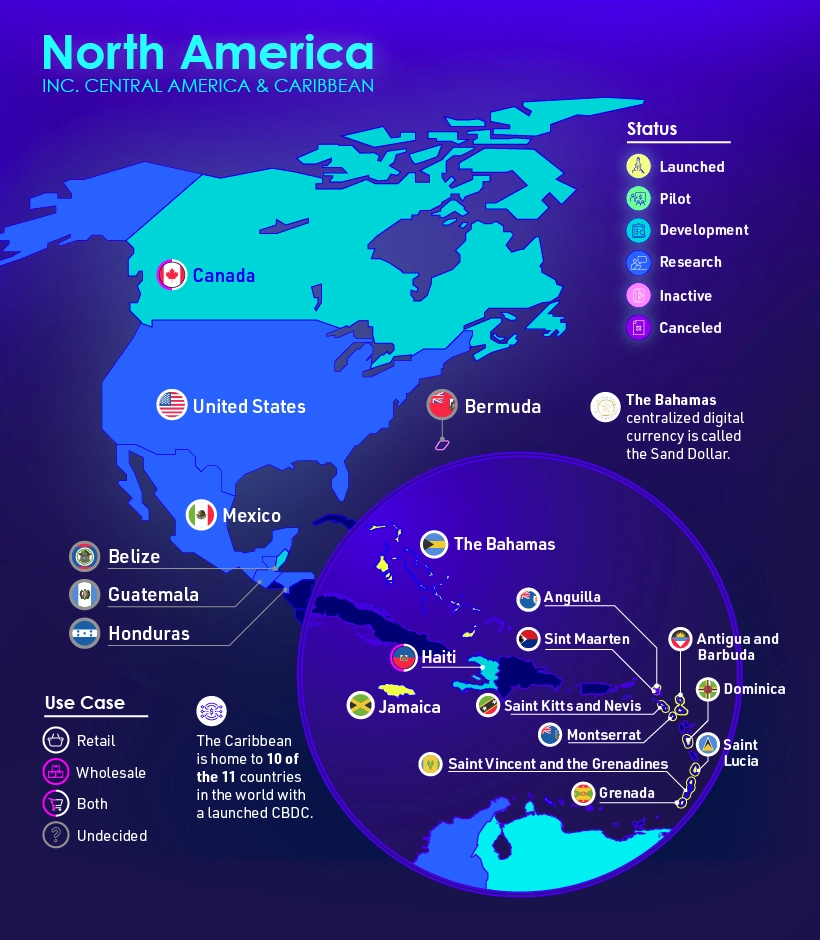
The main benefit of government-issued digital currencies is that they can improve accessibility for the unbanked.
This is not a big problem in developed countries like the United States, but many people in developing countries do not have access to banks and other financial services. Therefore, the role of CBDC is increasingly recognized by developed and developing countries.
DISCLAIMER: The Information on this website is provided as general market commentary and does not constitute investment advice. We encourage you to do your own research before investing.
Join CoinCu Telegram to keep track of news: https://t.me/coincunews
Follow CoinCu Youtube Channel | Follow CoinCu Facebook page
Harold
CoinCu News






















